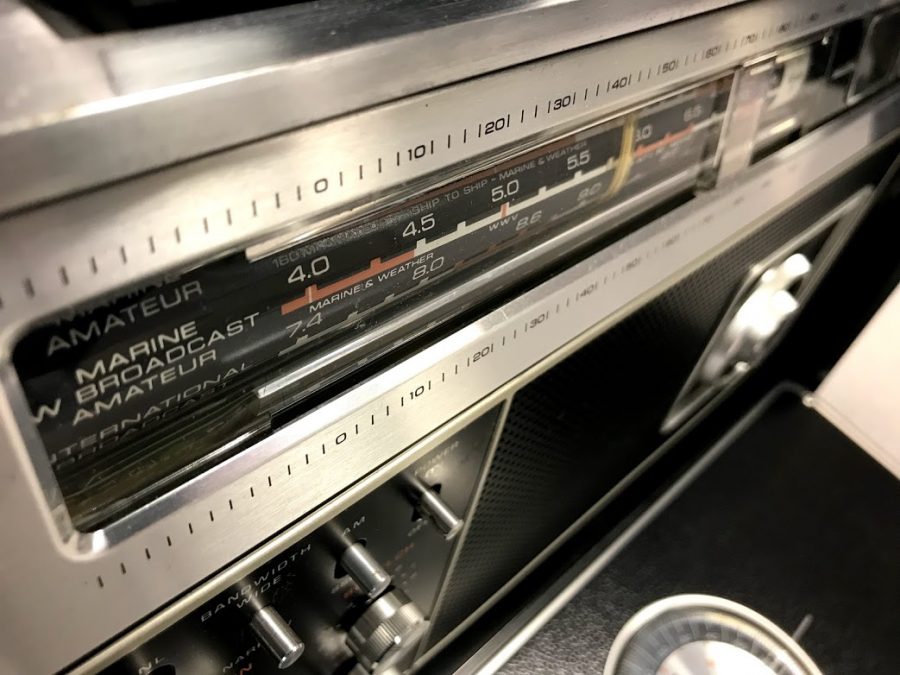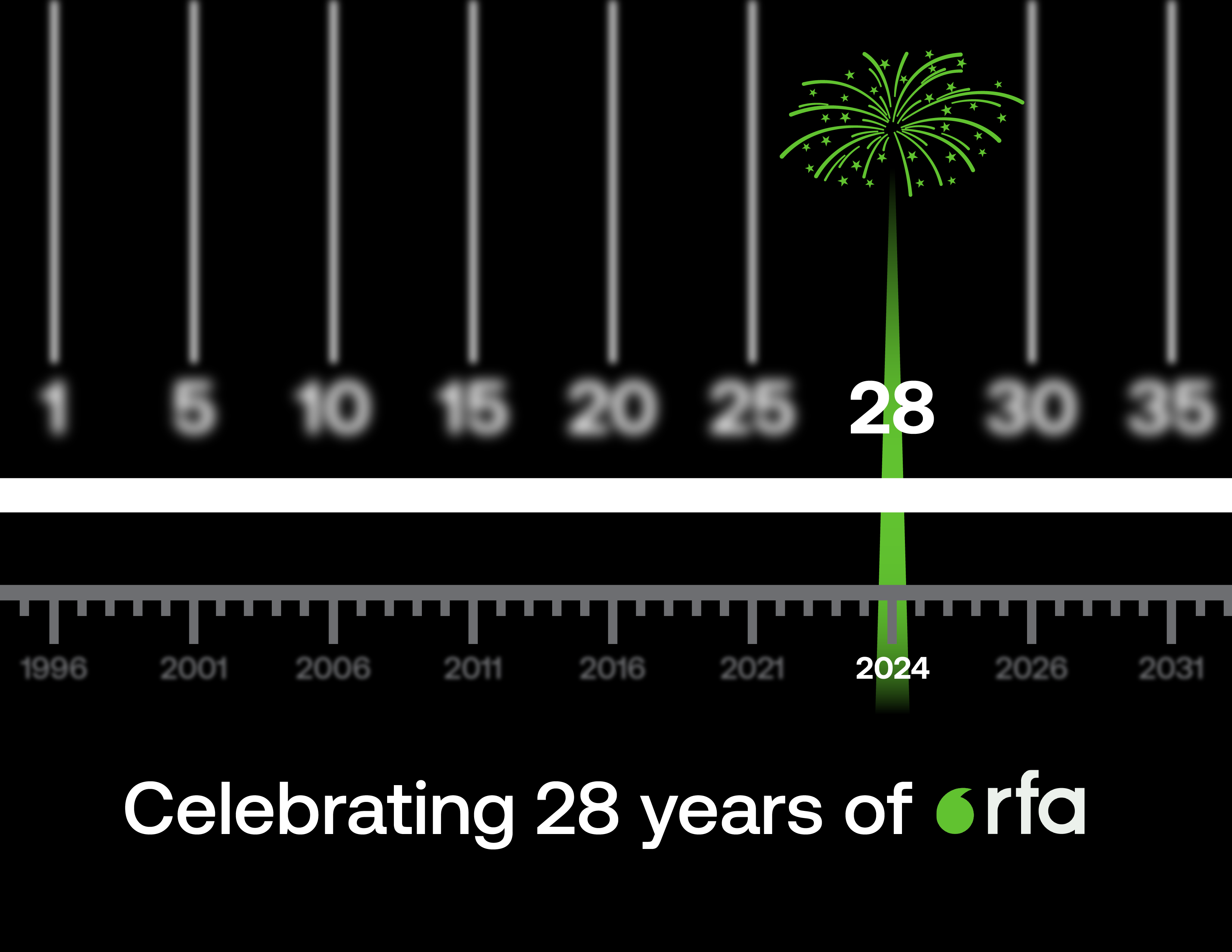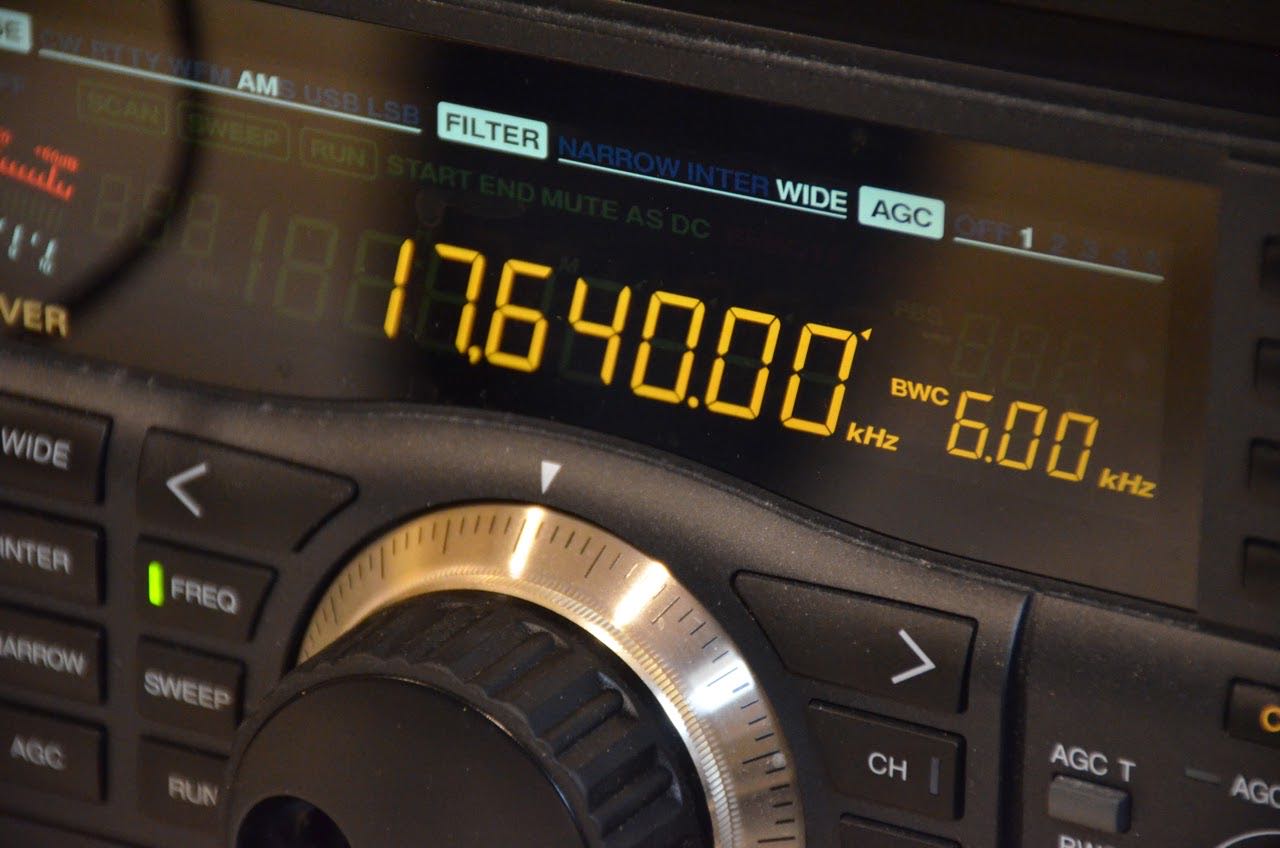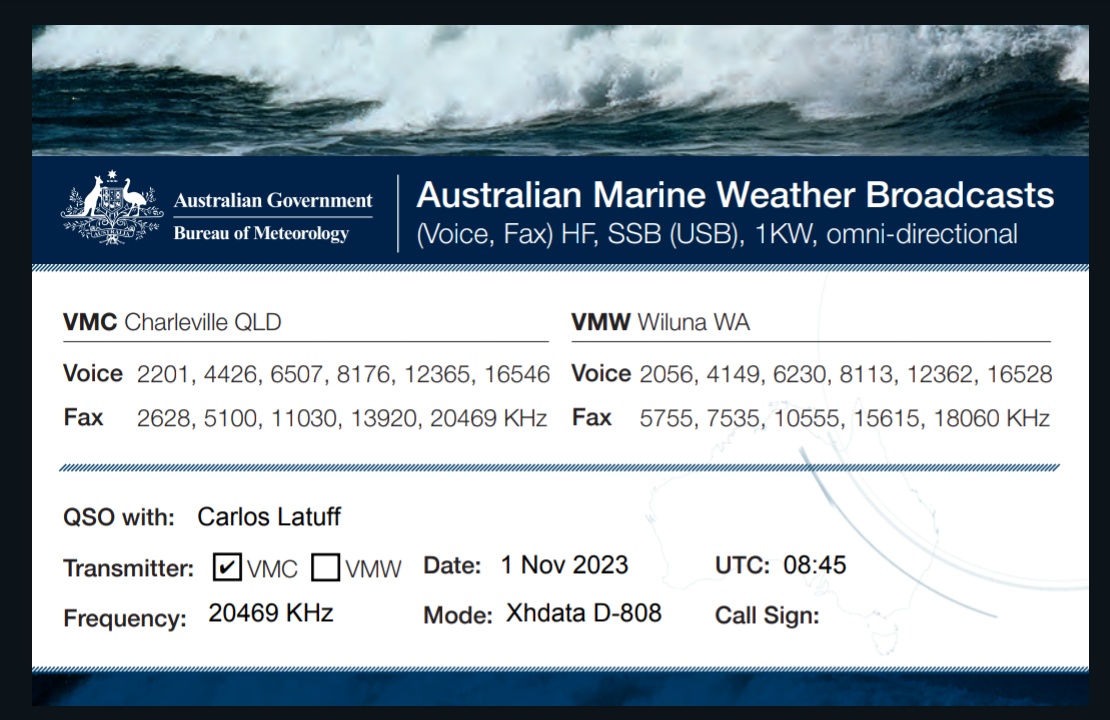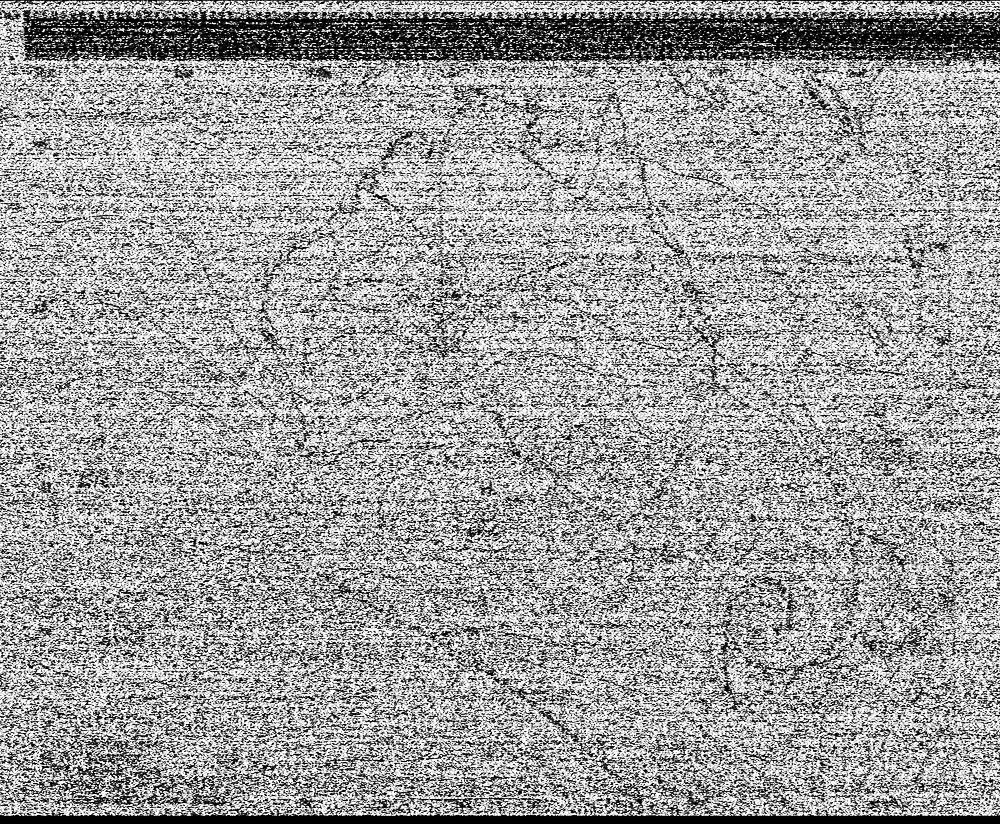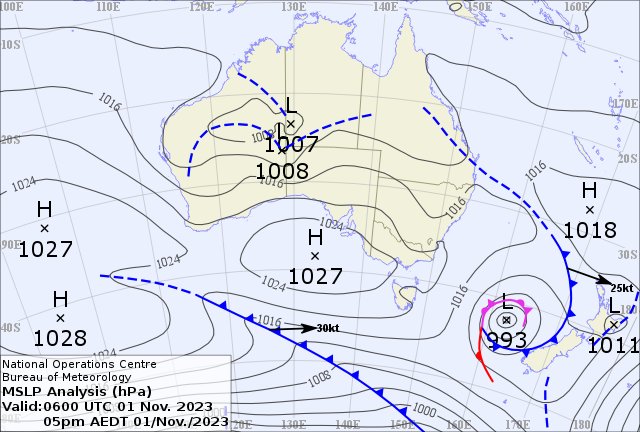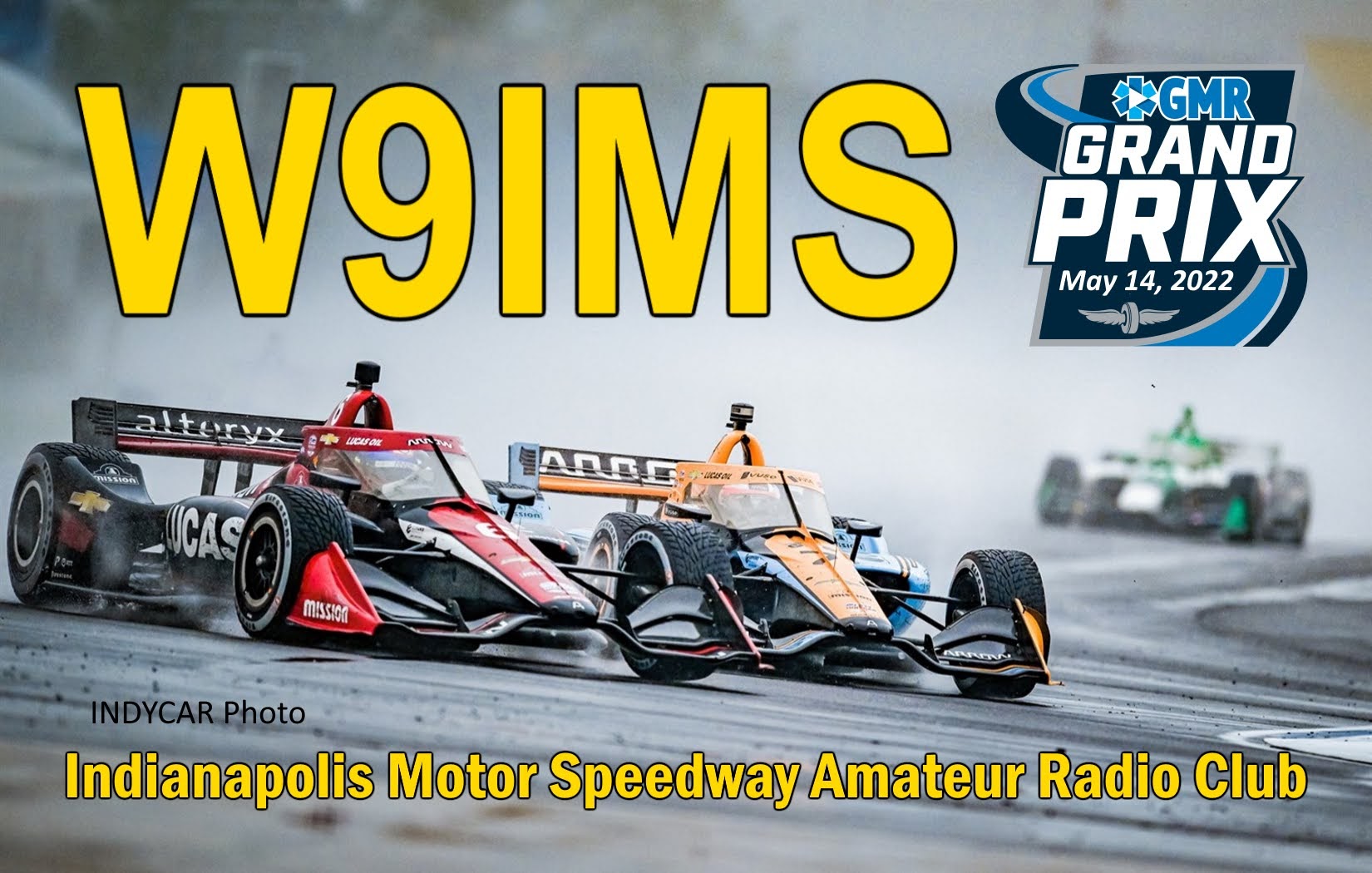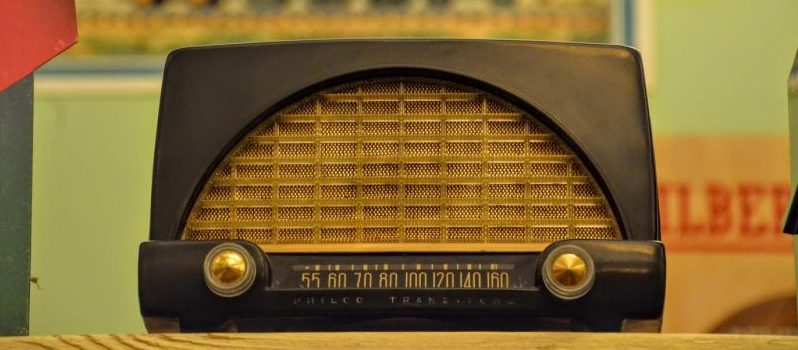Make the Month of May Even Merrier: Earn Your First Credit Toward the 2025 Checkered Flag Award
By Brian D. Smith, W9IND
Never mind the old saying about April showers bringing May flowers. In Indianapolis, the month of May ushers in auto racing season, with two major events scheduled at the Indianapolis Motor Speedway.
It’s also the start of your opportunity to earn the latest Checkered Flag Award, available to hams and shortwave listeners who connect with amateur radio station W9IMS during its three special events of 2025. The events commemorate major races at the legendary oval: The Indy Grand Prix and the Indianapolis 500, both from the IndyCar series; and the NASCAR Brickyard 400.
But don’t delay – the first event, now underway, will pull the plug at 11:59
p.m. Saturday, May 10 (Eastern Time)/0359 UTC Sunday.
Nine days later, W9IMS will return to the airwaves for its ever-popular Indy 500 special event. Following its May 25 conclusion, the transmitters will cool for a couple of months until the final special event of the year (July 21-27), honoring the NASCAR Brickyard 400.
Prime time for W9IMS is 6 to 10 p.m. Eastern Time (2200 Saturday-0200 Sunday UTC) on weekdays, sometimes extending to midnight (0400 GMT Sunday) and beyond, and the bands of choice are 40 and 20 meters – generally on or around 7.245 and 14.245 MHz. But QRM and other adversities can prompt changes in frequencies. To eliminate guesswork, check for W9IMS spots on DX Summit (www.dxsummit.fi) and eHam (www.eHam.net).
Also, while W9IMS can fire up anytime between now and its final Saturday signoff, you’ll have a better chance of finding active stations by going to the W9IMS QRZ page (www.w9ims.com) and clicking the Grand Prix link under “2025 Operating Schedule” – which displays the time slots that operators have already signed up for. The same page contains additional information regarding the W9IMS QSL cards and certificate.
For radio amateurs who still haven’t bagged W9IMS by Saturday evening, note that toward the end of the event, operators often start limiting calls to stations that haven’t yet worked the current special event. Another tip is to drop in for happy hour, the last hour of the last day – in this case, 11 p.m. Saturday (0300 UTC Sunday). That’s when W9IMS ops traditionally switch to contest-style QSOs, exchanging only signal reports so they can log as many stations as possible. But remember, too, that W9IMS special events can end early in the event of sparse QSOs or unfavorable solar or weather conditions.
And a final tip for hams: If you can hear W9IMS but can’t complete a QSO in the waning moments, don’t despair. You can still create an SWL report by jotting down the details of other W9IMS contacts – including frequency, UTC, and the callsigns of a few stations that you heard W9IMS work. A valid report satisfies the requirements for a Grand Prix QSL card and the first of three credits for a certificate. SWL certificates feature names instead of callsigns but are otherwise indistinguishable from awards issued to amateur radio operators.
Whether or not you achieve the clean sweep this year, you’ll qualify for a new and unique QSL card with each race that you snare. But don’t give up yet – you still have several days left to put the Grand Prix in your log and claim your first credit toward the 2025 Checkered Flag Award.


